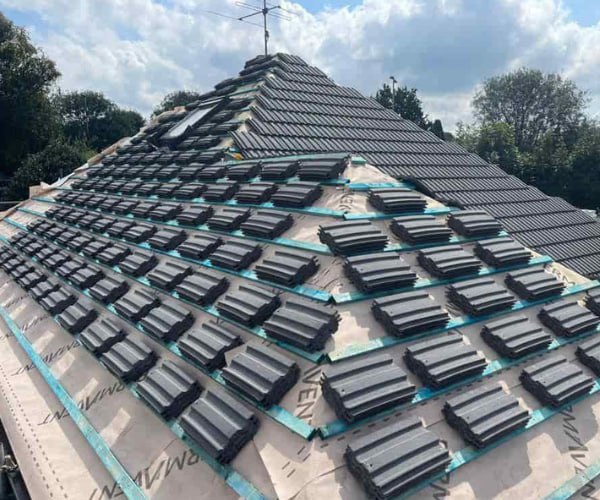Signs Your Lead Flashing Needs Repairs
Introduction: Lead flashing is a vital component of your roofing system, serving as a protective barrier against water intrusion in vulnerable areas of your roof. Over time, however, lead flashing can deteriorate due to exposure to the elements and general wear and tear. Recognising the signs of lead flashing damage is crucial to prevent costly roof leaks and structural issues. In this blog post, presented by STW Roofing Flitwick, we’ll discuss the common signs that indicate your lead flashing may need repairs.
1. Visible Damage
One of the most apparent signs of lead flashing issues is visible damage. This includes cracks, splits, or holes in the lead material. Inspect your lead flashing carefully, paying close attention to areas around roof joints, chimneys, valleys, and dormer windows.
2. Water Stains and Interior Damage
Water stains on your ceiling or walls clearly indicate a leak in your roofing system. If you notice water stains or interior damage, it’s essential to investigate the leak’s source, which could be compromised lead flashing.
3. Missing or Loose Flashing
Strong winds, heavy rainfall, or structural shifts can cause lead flashing to become loose or dislodged. Missing or loose flashing exposes vulnerable areas of your roof, allowing water to penetrate and cause damage.
4. Rust and Corrosion
Lead is naturally resistant to corrosion, but over time, it can develop a layer of oxidation or rust. If you observe rust or corrosion on your lead flashing, it’s a sign that the flashing may have weakened and should be inspected by a professional.
5. Separation from Roof Materials
Lead flashing should be securely sealed and integrated with roofing materials such as shingles or tiles. If you notice any separation or gaps between the flashing and surrounding materials, it’s a potential entry point for water.
6. Crumbling or Flaking
As lead flashing ages, it can become brittle and crumble or flake. This deterioration compromises its ability to form a watertight seal, making it susceptible to leaks.
7. Mold or Mildew Growth
Moisture from a leaking lead flashing can create conditions conducive to mould or mildew growth in your attic or ceiling. If you notice any signs of mould or mildew, addressing the underlying issue promptly is essential.
8. Increased Utility Bills
A damaged lead flashing can allow air and moisture to infiltrate your home, affecting your insulation’s effectiveness. This can increase heating or cooling costs as your HVAC system works harder to maintain indoor temperatures.
9. Age of Flashing
Lead flashing has a long lifespan but is not immune to wear and tear over time. Consider an inspection and potential repairs or replacement if your flashing is several decades old.
Conclusion: Regular inspections and prompt repairs are key to maintaining the integrity of your roofing system. Suppose you observe any of these signs of lead flashing damage. In that case, it’s crucial to contact professionals like STW Roofing Flitwick to assess the extent of the damage and perform necessary repairs. Addressing lead flashing issues promptly can prevent more extensive damage to your roof and property, saving you time and money in the long run.
Call us on: 01525 659 598
Click here to find out more about STW Roofing Flitwick
Click here to complete our contact form and see how we can help with your roofing needs.

